Ranking the greatest position players in baseball history: Nos. 100-81
Throughout the month of January, a cast of editors from theScore will share their rankings of the greatest teams, performances, pitchers, and position players in baseball history. This list focuses on the greatest position players:
100-81 | 80-61 | 60-41 | 40-21 | 20-1
Voter list:
- James Bisson, National Sports Editor
- Brandon Wile, Senior MLB Editor
- Jonah Birenbaum, MLB News Editor
- Michael Bradburn, MLB News Editor
- Jason Wilson, MLB News Editor
- Bryan Mcwilliam, MLB News Editor
- Simon Sharkey-Gotlieb, MLB News Editor
- Dylan Perego, News Editor
- Josh Wegman, News Editor
100. Willie Stargell, OF/1B
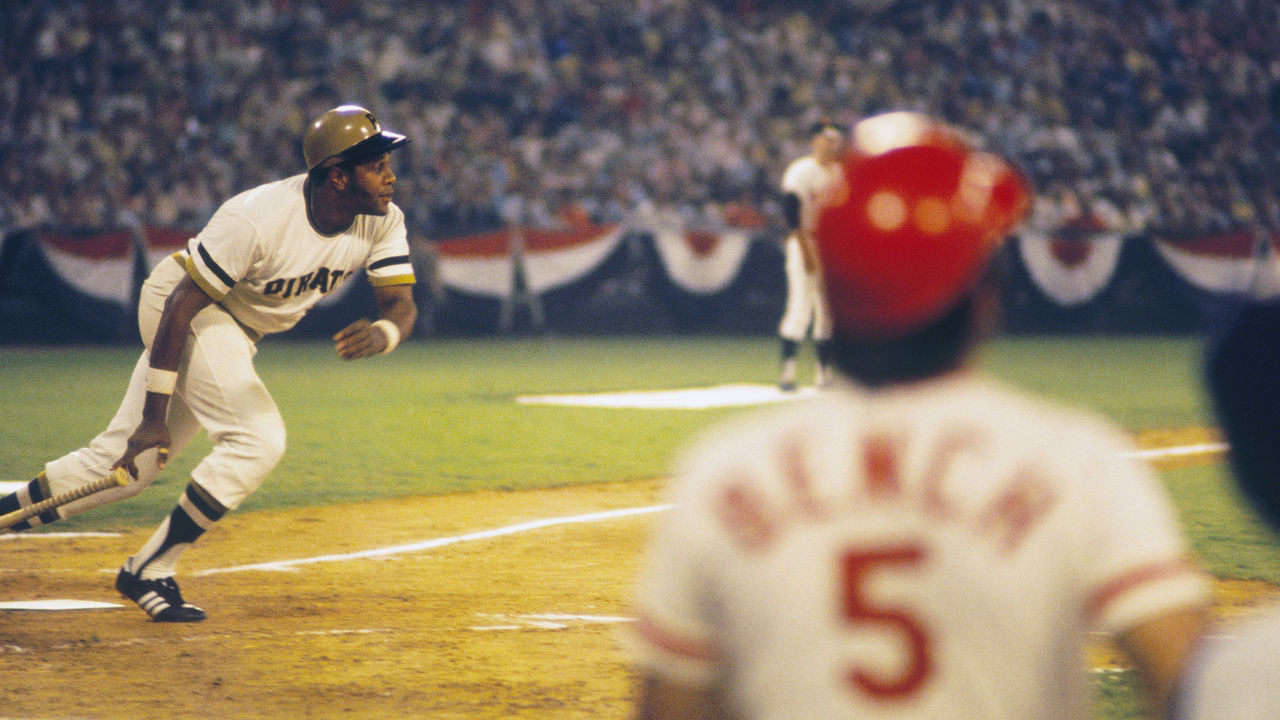
| AVG | R | HR | RBI | SB | OPS |
|---|---|---|---|---|---|
| .282 | 1194 | 475 | 1540 | 17 | .889 |
Stargell was one of the top power hitters of his era, twice leading the major leagues in home runs and OPS while finishing in the top three in National League MVP voting on three separate occasions. But his most incredible achievement came in the twilight of his Hall of Fame career when, as a 39-year-old, he won his first and only MVP award - sharing the honor with St. Louis Cardinals first baseman Keith Hernandez. -- Bisson
99. Alan Trammell, SS
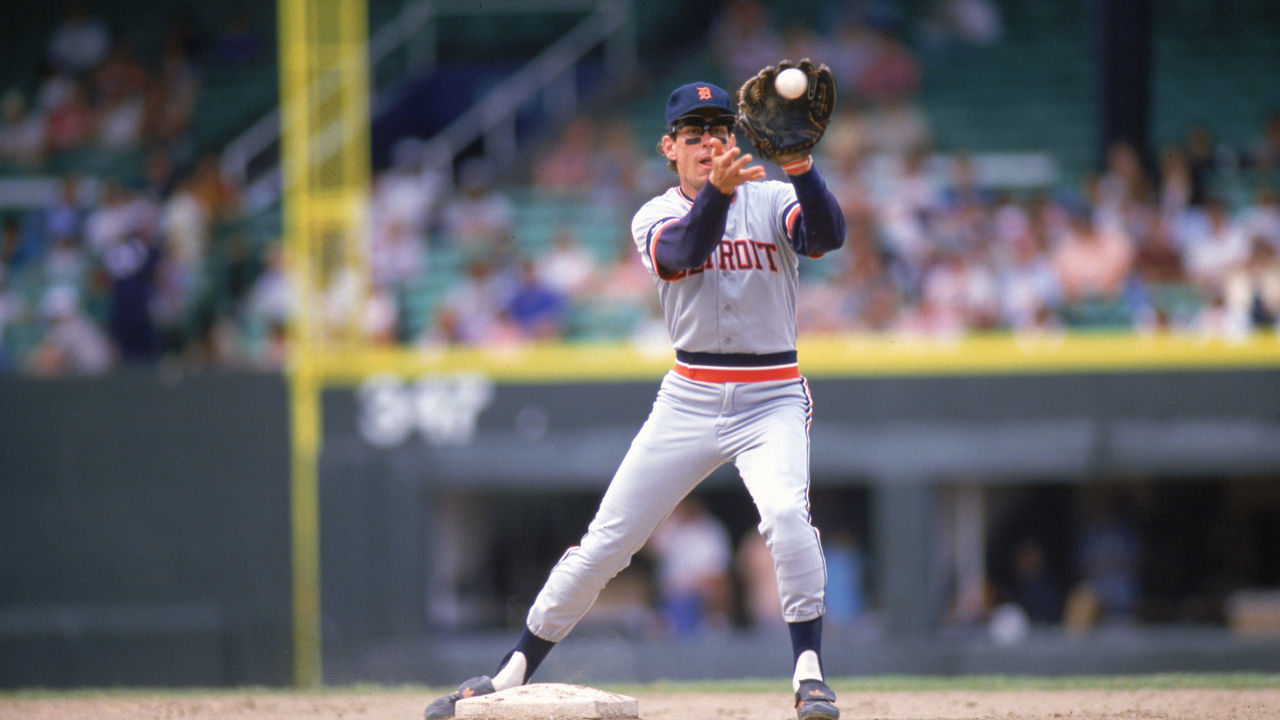
| AVG | R | HR | RBI | SB | OPS |
|---|---|---|---|---|---|
| .285 | 1231 | 185 | 1003 | 236 | .767 |
Often overlooked in his prime due to the fact that his contemporaries at shortstop included Cal Ripken Jr. and Barry Larkin, Trammell brought consistency to the position during his 20-year career spent entirely in Detroit, with Lou Whitaker as his double-play partner the whole way through. Perhaps the only thing missing from his resume is being voted MVP - an award he narrowly lost out on in 1987. It took awhile - many would argue far too long, in fact - but this past December, Trammell was finally elected to his rightful place in the Hall of Fame. -- Sharkey-Gotlieb
98. Fred Clarke, OF

| AVG | R | HR | RBI | SB | OPS |
|---|---|---|---|---|---|
| .312 | 1622 | 67 | 1015 | 509 | .814 |
Clarke's achievements on and off the field reach near-mythical status. There's the time he was accidentally shot while quail hunting. There's the time he hit .300 in 11 separate seasons, twice making it over .350. Oh, and there's the time he survived a gas-furnace explosion in his basement. Despite playing his final season over a century ago, Clarke still ranks as the 21st best outfielder of all time by WAR; a testament to his steady production and longevity, which hit its crescendo with the 1909 World Series victory as player-manager. -- Bradburn
97. Duke Snider, OF
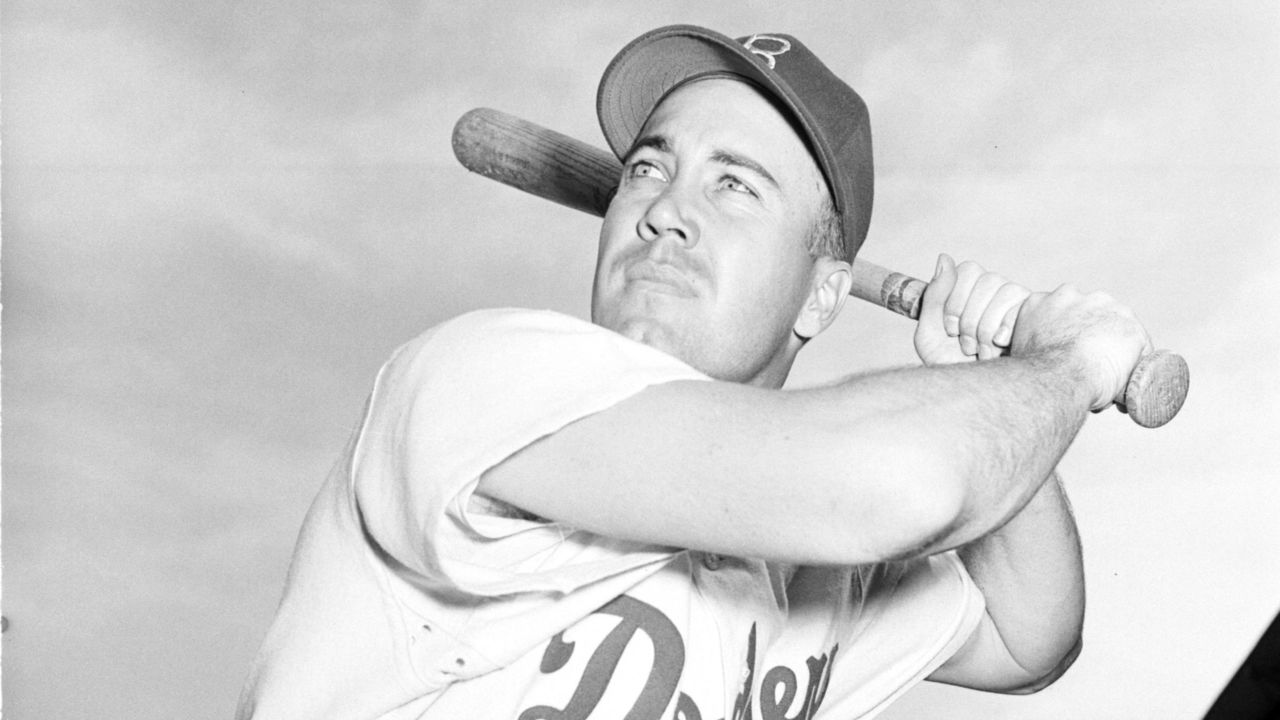
| AVG | R | HR | RBI | SB | OPS |
|---|---|---|---|---|---|
| .295 | 1259 | 407 | 1333 | 99 | .919 |
Snider was arguably the greatest hitter of the 1950s. The Brooklyn Dodgers outfielder slashed .308/.390/.569 with 326 homers, 274 doubles, 1,031 RBIs and 77 stolen bases in 1,418 games across the decade, while also being named to seven All-Star teams, and finished in the top 10 in MVP voting six times. If that wasn't enough, Snider won the World Series in both 1955 and 1959, was the 1955 NL RBI leader, and the 1956 NL home-run leader. Over 18 seasons, he hit 407 homers, drove in 1,333 runs, and posted a .390 OBP. -- Wile
96. Harmon Killebrew, 1B/3B/OF
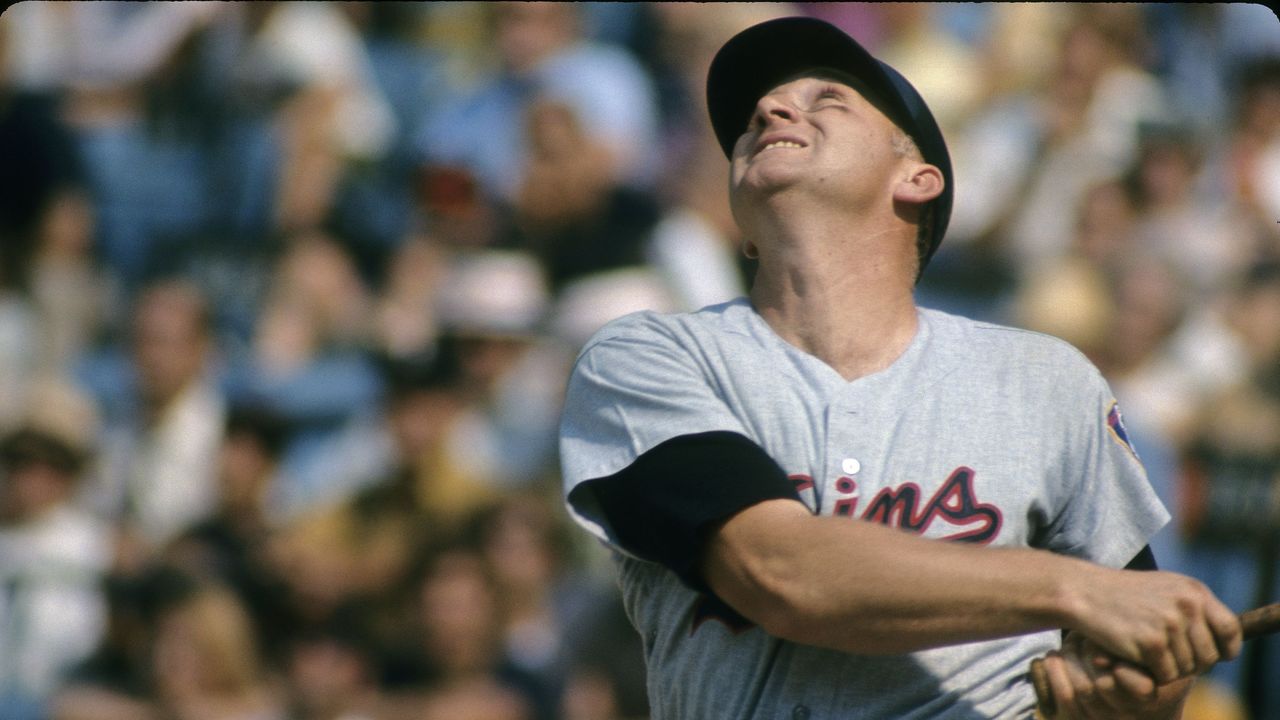
| AVG | R | HR | RBI | SB | OPS |
|---|---|---|---|---|---|
| .256 | 1283 | 573 | 1584 | 19 | .884 |
Arguably the greatest player in Twins history, Killebrew first made a name for himself with the Washington Senators before joining Minnesota in 1961. "The Killer" sits among the franchise leaders for Minnesota in a number of categories including games played (2,329), home runs (559), and RBIs (1,540). He hit 40-plus home runs in a season eight times and won an MVP in 1969. Killebrew was diagnosed with esophageal cancer in 2010 and died five months later. -- Mcwilliam
95. Dave Winfield, OF

| AVG | R | HR | RBI | SB | OPS |
|---|---|---|---|---|---|
| .283 | 1669 | 465 | 1833 | 223 | .827 |
Standing an impressive 6-foot-6, Winfield quickly became one the league's premier five-tool players after he busted onto the scene with the San Diego Padres in 1973. He would become the game's highest-paid player when he signed a 10-year, $23 million deal with the New York Yankees in 1981, and would go on to be a 12-time All-Star, seven-time Gold Glove winner, and six-time Silver Slugger Award winner. -- Perego
94. Hank Greenberg, 1B

| AVG | R | HR | RBI | SB | OPS |
|---|---|---|---|---|---|
| .313 | 1046 | 331 | 1274 | 58 | 1.017 |
Greenberg was one of the premier power hitters of the 1930s, hammering 58 homers in 1938. But the Jewish superstar garnered national attention in 1934 when he refused to play on Yom Kippur while the Detroit Tigers were in the middle of a pennant race. "Greenberg played in a much rougher time for Jewish athletes and Jewish Americans," wrote Joe Posnanski in a piece about Greenberg, who to this day is considered one of the all-time great athletes of Jewish descent. -- Mcwilliam
93. Roberto Alomar, 2B
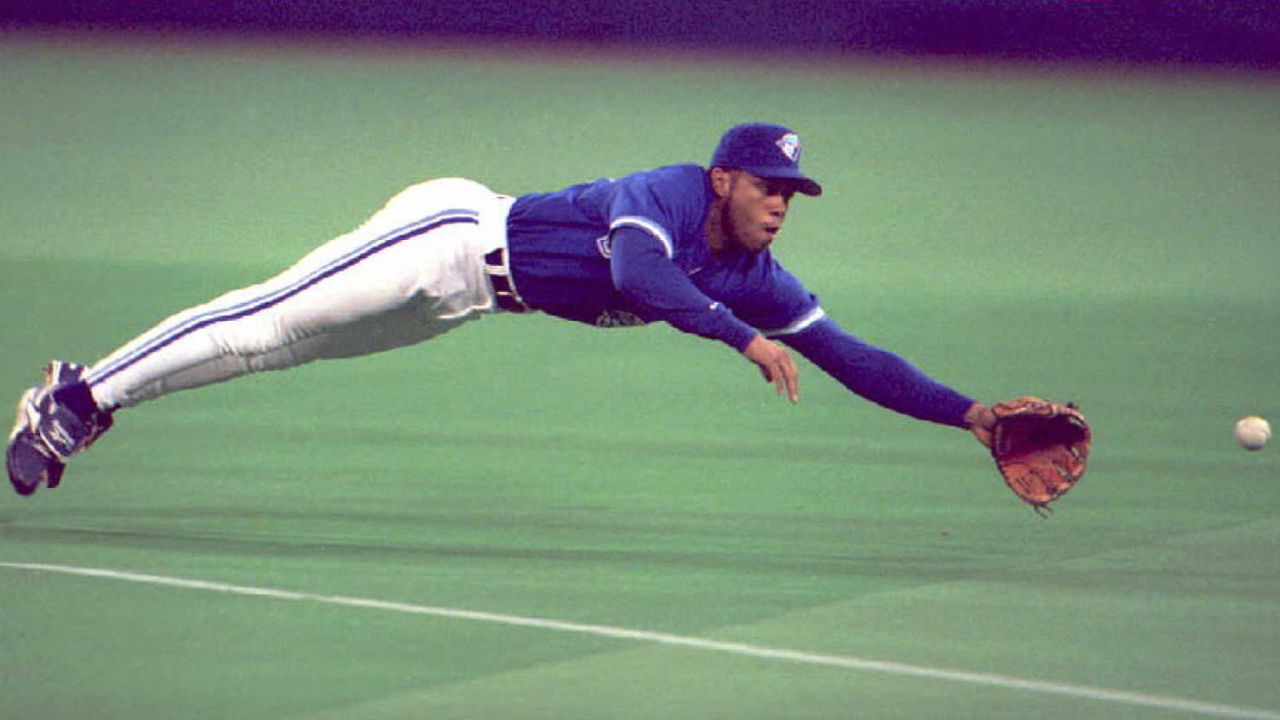
| AVG | R | HR | RBI | SB | OPS |
|---|---|---|---|---|---|
| .300 | 1508 | 210 | 1134 | 474 | .814 |
Before a sudden decline in his age-34 season, Alomar had been one of the surest things in the game. He made 12 consecutive All-Star Games, won two World Series championships in Toronto, and provided a steady mix of offense and defense. However, his best stretch in the big leagues may have come with the Cleveland Indians. In three seasons, he batted .323/.405/.515 with 63 home runs. -- Wilson
92. Ryne Sandberg, 2B

| AVG | R | HR | RBI | SB | OPS |
|---|---|---|---|---|---|
| .285 | 1318 | 282 | 1061 | 344 | .795 |
Few were a more complete player than Sandberg. From 1984-91, Sandberg was an All-Star and Gold Glove winner at second base for the Cubs. He also won the Silver Slugger in six of those eight seasons, and was NL MVP in 1984 after hitting .314/.367/.520 with 19 homers, 36 doubles, 19 triples, and 32 stolen bases. For his career, Sandberg finished a 10-time All-Star, nine-time Gold Glove winner, seven-time Silver Slugger, and hit 282 homers (fifth-most all time among second basemen), drove in 1,061 runs, and stole 344 bases. -- Wile
91. Craig Biggio, 2B

| AVG | R | HR | RBI | SB | OPS |
|---|---|---|---|---|---|
| .281 | 1844 | 291 | 1175 | 414 | .796 |
Enshrined at Cooperstown in 2015, Biggio - an on-base machine with speed and pop - was the prototype for the modern-day leadoff hitter. A catcher in the nascent stages of his career, the entirety of which he spent in Houston, Biggio moved to second base in 1992 and never looked back, cementing his status as one of the greatest to ever play the position with his consistent excellence. Among second basemen, Biggio ranks 10th all time in WAR, higher than Roberto Alomar, Chase Utley, and even Jackie Robinson, and he's also one of just four players in history with at least 250 homers, 500 doubles, and 400 stolen bases. -- Birenbaum
90. Robinson Cano, 2B
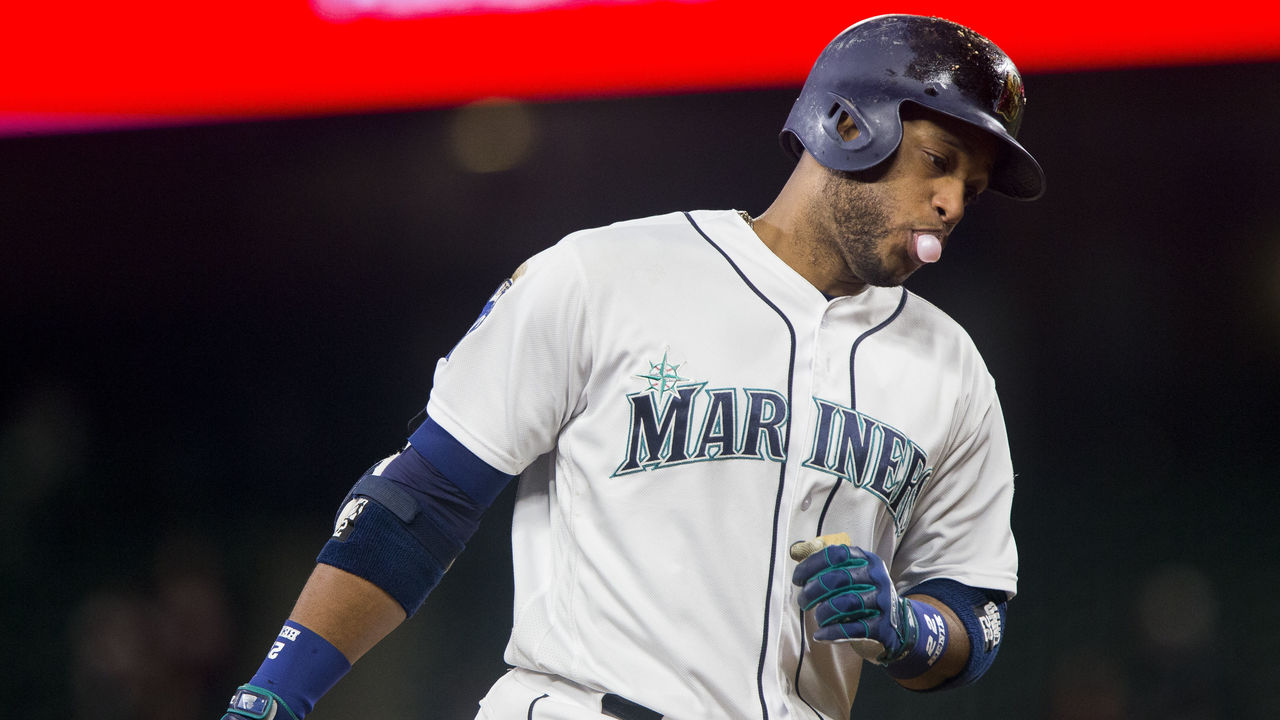
| AVG | R | HR | RBI | SB | OPS |
|---|---|---|---|---|---|
| .305 | 1144 | 301 | 1183 | 51 | .848 |
Entering his age-35 season, Cano's Hall of Fame trajectory is undeniable. Among second basemen, Cano's 301 career home runs ties him with none other than Rogers Hornsby for third all time. His 52.3 career WAR puts him within striking distance of surpassing the legendary Jackie Robinson - the player from whom Cano got his first name. While his $240-million mega deal to leave the Yankees for Seattle is a bit of an albatross, Cano's first four seasons with the Mariners have been steady, even setting a career high in runs scored during the 2016 campaign. -- Bradburn
89. Andruw Jones, OF

| AVG | R | HR | RBI | SB | OPS |
|---|---|---|---|---|---|
| .254 | 1204 | 434 | 1289 | 152 | .823 |
The best defensive center fielder of his generation, Jones' 10 Gold Gloves are tied for second-most ever among outfielders, with metrics both traditional and advanced on his side. He was no slouch at the plate either, as evidenced by his mammoth 51-homer season in 2005. Sure, Jones was finished as a useful player by age 31 and spent his final years bouncing from Los Angeles to Chicago to Japan - but at his peak, Jones and his golden glove had no equal in center field. -- Sharkey-Gotlieb
88. Al Simmons, OF

| AVG | R | HR | RBI | SB | OPS |
|---|---|---|---|---|---|
| .334 | 1507 | 307 | 1828 | 88 | .915 |
After the incomparable Babe Ruth and Lou Gehrig, no player shined more brightly through the back half of the Roaring Twenties than Al Simmons. In 1925, Simmons finished second in AL MVP voting in his second MLB season, then over the ensuing decade trailed only the aforementioned Yankees legends in WAR throughout that span. Simmons finished in the top-nine in MVP voting another five times and was perpetually in contention for the batting title, taking it home in 1930 (.381) and 1931 (.390). Had he not peaked at 32, Simmons might've gotten into Cooperstown before his seventh year on the ballot. -- Birenbaum
87. Rafael Palmeiro, 1B
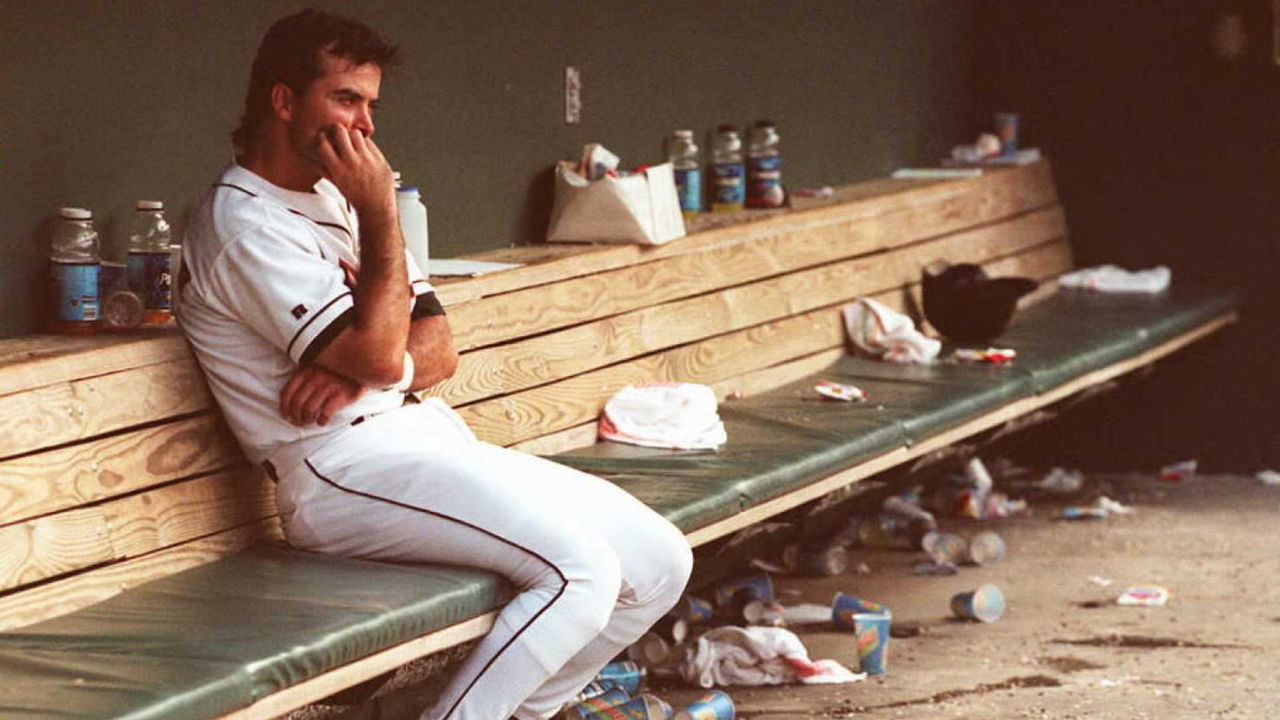
| AVG | R | HR | RBI | SB | OPS |
|---|---|---|---|---|---|
| .288 | 1663 | 569 | 1835 | 97 | .885 |
Palmeiro is one of only five players with at least 3,000 hits and 500 homers. Unlike the other four in this club, he reached those milestones through quiet consistency, with just four All-Star appearances and zero trips to the World Series despite his Hall of Fame-caliber career. Shortly after recording his 3,000th hit in 2005 Palmeiro became the first star to be suspended for performance-enhancing drugs, an episode that ultimately ended his career. --Sharkey-Gotlieb
86. Vladimir Guerrero, OF
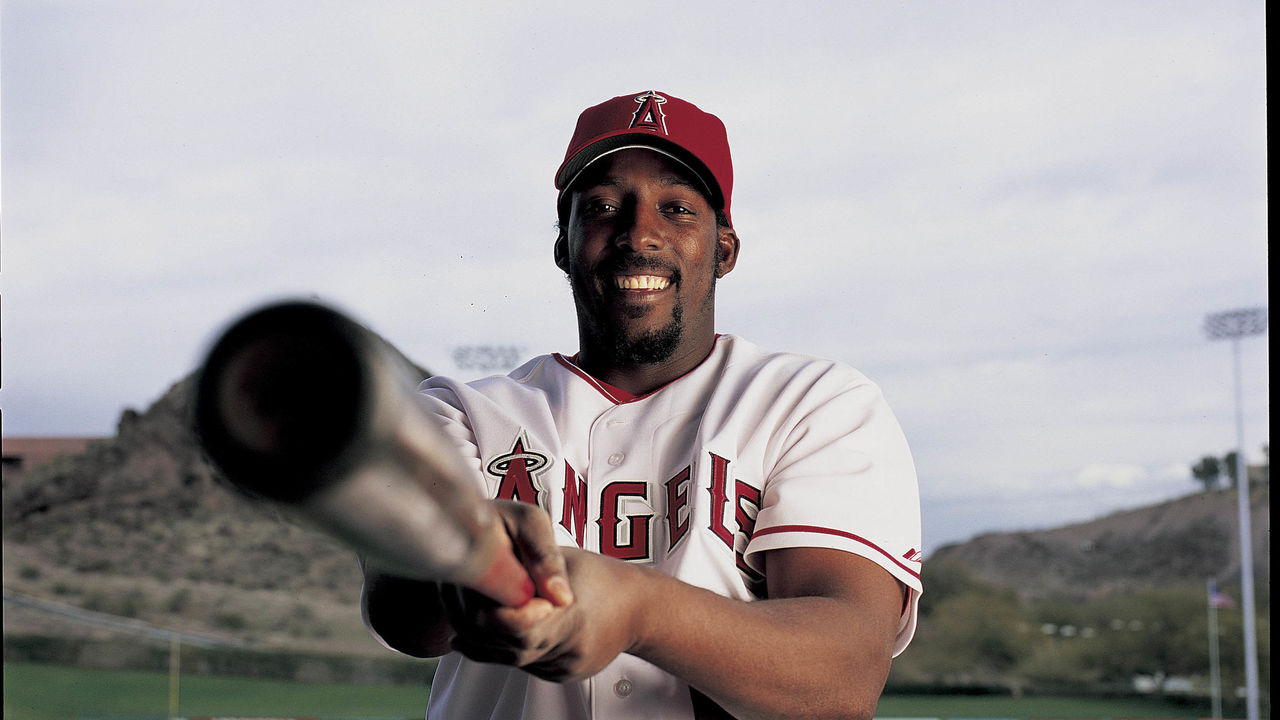
| AVG | R | HR | RBI | SB | OPS |
|---|---|---|---|---|---|
| .318 | 1328 | 449 | 1496 | 181 | .931 |
Preternaturally gifted and endlessly entertaining, Vlad was a singular talent who did it all, and did it his way. No player was ever more adept at hitting unhittable pitches than Vlad, who - as evidenced by his consistently gaudy batting averages and 449 career homers - could've put the barrel on a grain of rice. He also had a rocket for an arm, regularly uncorking throws from deep right field that didn't bounce en route to home plate, and he could burn on the bases in his youth, too. His famous refusal to assimilate only added to his legend; once, at an All-Star Game, a woman trying to have a conversation with Vlad noted that he didn't speak much English. He replied: "I speak English with my bat." -- Birenbaum
85. Shoeless Joe Jackson, OF
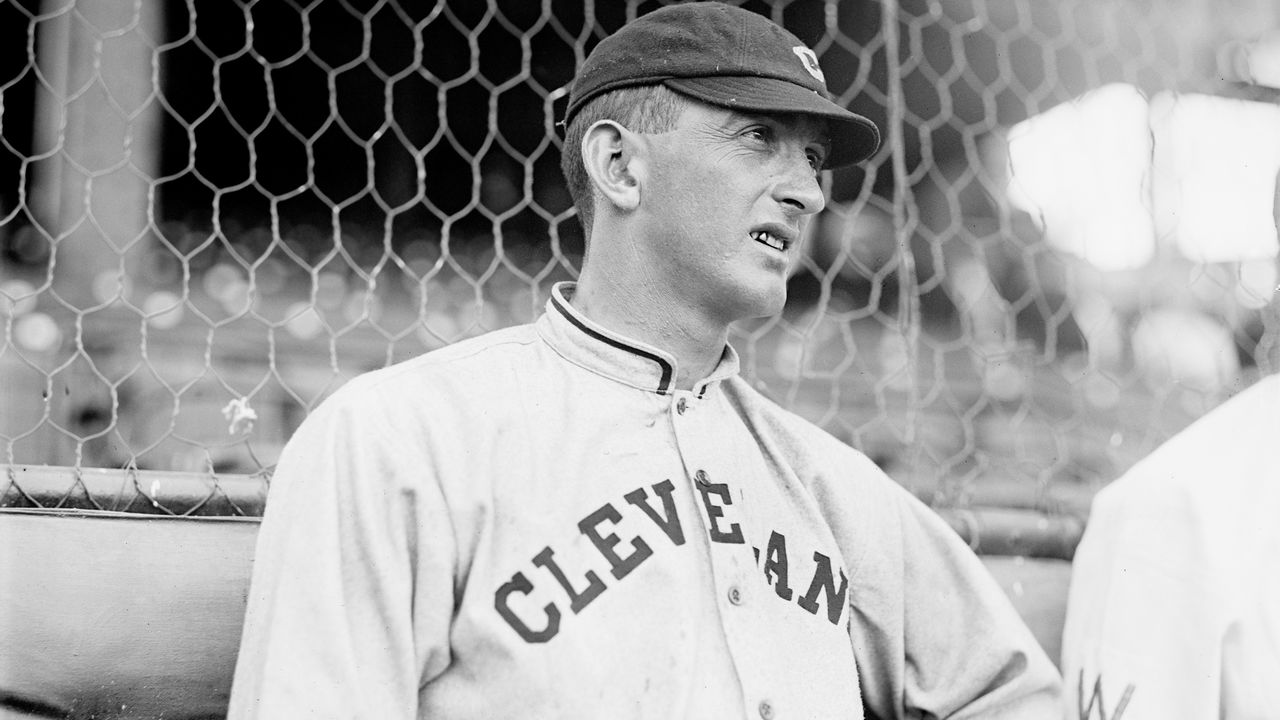
| AVG | R | HR | RBI | SB | OPS |
|---|---|---|---|---|---|
| .356 | 873 | 54 | 792 | 202 | .940 |
Understandably, his legacy remains inextricably linked with mythology and scandal, but, man, Shoeless Joe could flat out rake. At a robust .356, Jackson - who said he earned his famous moniker when blisters forced him to ditch his new cleats during a game in his native South Carolina - boasts a higher career batting average than every player who ever lived outside of Ty Cobb and Rogers Hornsby, while his 170 wRC+ is the third-highest produced by the Dead Ball era. As for that lifetime ban he earned for his allegedly helping to fix the 1919 World Series? Well, in those fateful eight games, Jackson hit .375/.394/.563 with three doubles and a homer. -- Birenbaum
84. Bill Dahlen, SS
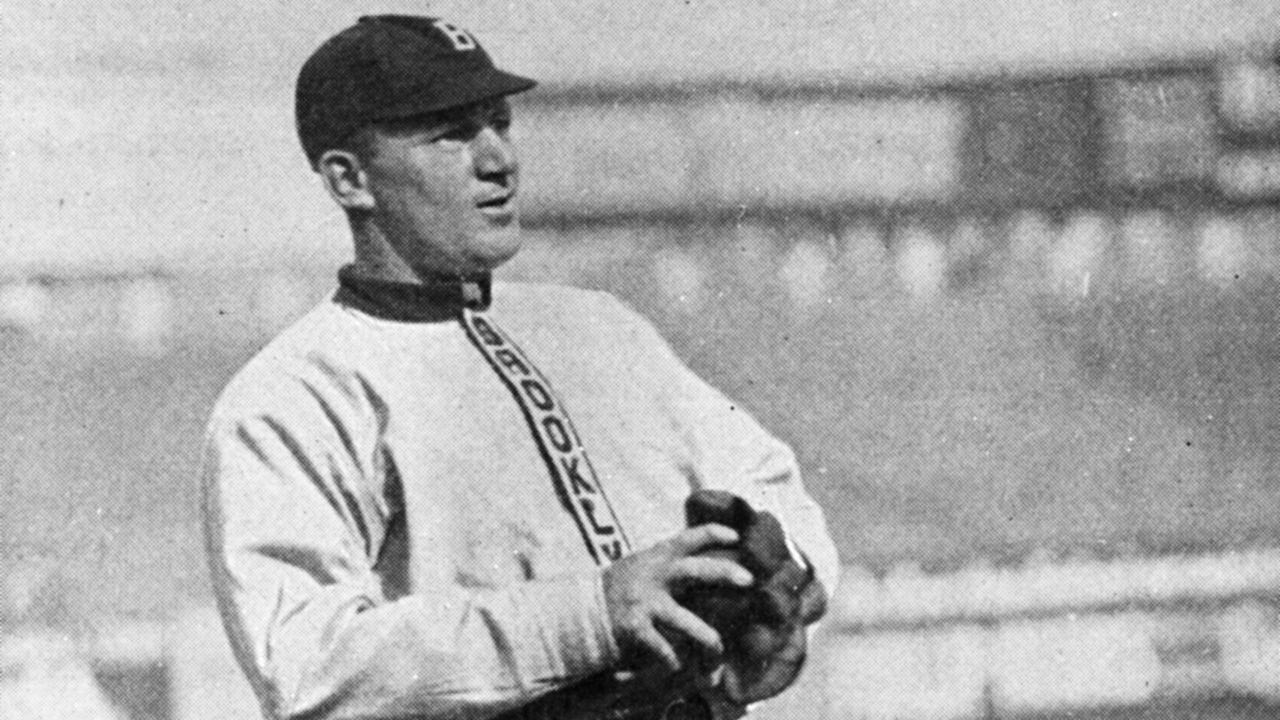
| AVG | R | HR | RBI | SB | OPS |
|---|---|---|---|---|---|
| .272 | 1590 | 84 | 1234 | 548 | .740 |
Dahlen's stats won't wow you, but for a player who toiled in the 1890s and 1900s, those numbers stand up against anyone from his era. Dahlen twice batted above .350 while driving in 80 or more runs four times. And then there was his defense, considered the best of any middle infielder of his era. Dahlen isn't yet in the Hall of Fame, but he certainly deserves a place given his impact on the game. -- Bisson
83. Sam Crawford, OF
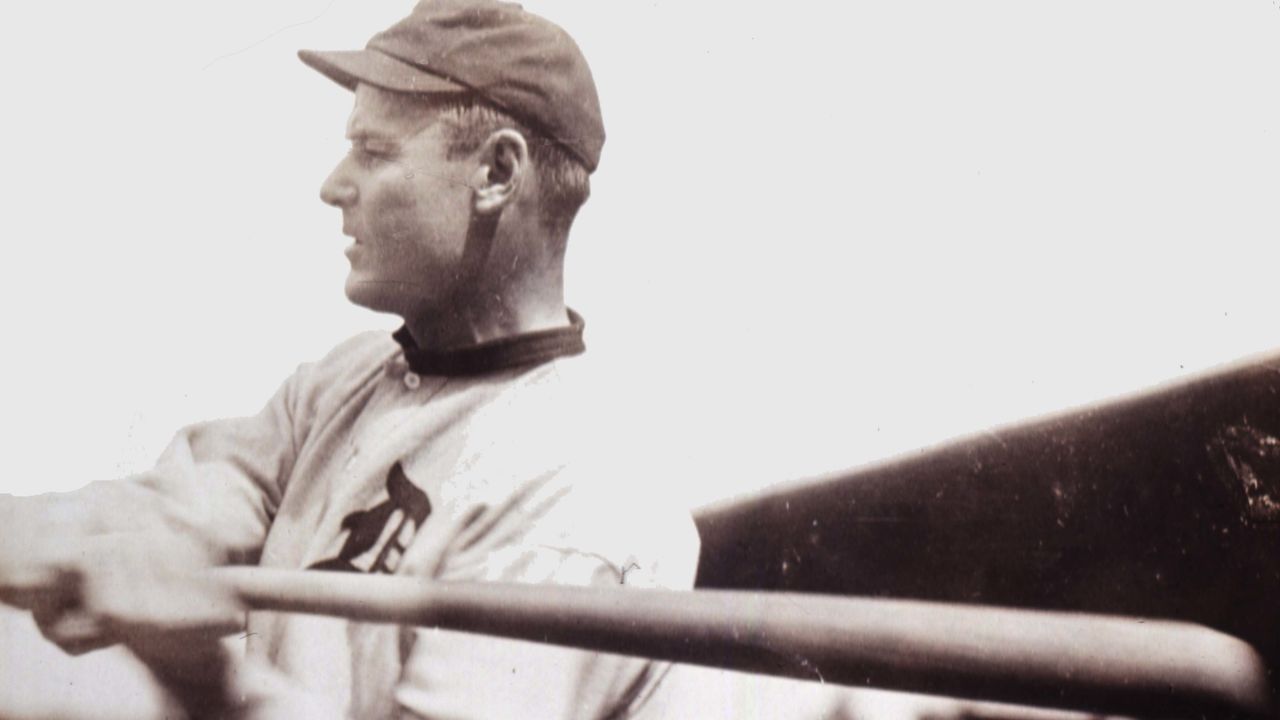
| AVG | R | HR | RBI | SB | OPS |
|---|---|---|---|---|---|
| .309 | 1391 | 97 | 1523 | 367 | .814 |
Although "power" hitters can be overlooked sometimes in the deadball era, Crawford created a reputation for himself as being one of the game's most prolific hitters in that time. Crawford still holds the career major-league record of 309 triples to this day, and he became the first player ever to lead both the AL and NL in home runs in 1901 and 1908, respectively (Tigers, Reds). Partnered with Ty Cobb, Crawford helped lead Detroit to three consecutive World Series titles from 1907-09. -- Perego
82. Joey Votto, 1B
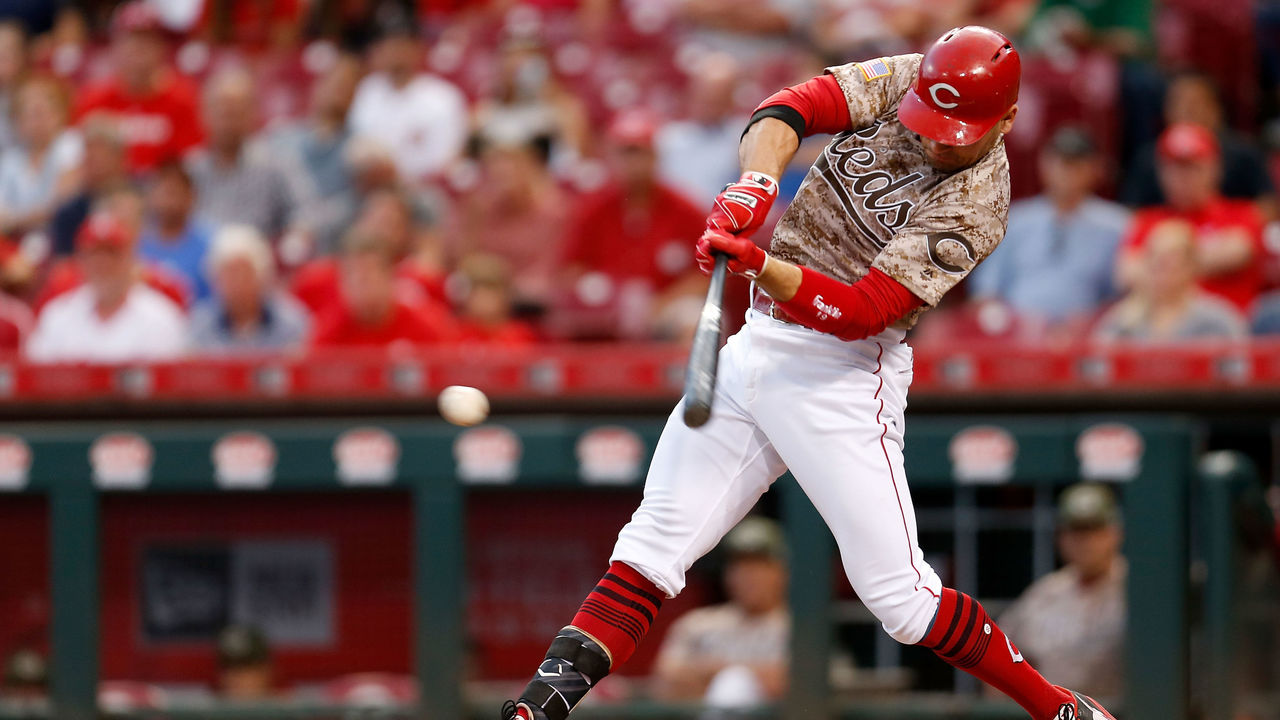
| AVG | R | HR | RBI | SB | OPS |
|---|---|---|---|---|---|
| .313 | 863 | 257 | 830 | 72 | .969 |
You down with OBP? Votto certainly is. In fact, he's paced the NL six times in the category and is baseball's active leader at an incredible .428. His batting eye is unparalleled - he has finished with the most walks in the NL on five occasions - and he has plenty of pop, as well, exceeding 20 home runs eight times. Winning an MVP award in 2010 will certainly help his Hall of Fame cause, but Votto would still make a strong case without it. -- Bisson
81. Lou Whitaker, 2B

| AVG | R | HR | RBI | SB | OPS |
|---|---|---|---|---|---|
| .276 | 1386 | 244 | 1084 | 143 | .789 |
Whitaker is often regarded as one of the most underrated players in regards to elite second basemen, and his 19-year partnership with shortstop Alan Trammell has stood up as arguably the best middle-infield combination in history. "Sweet Lou" took home the 1978 Rookie of the Year Award and went on to spend his entire career in Detroit, holding the record for most double plays turned in team history (1,527), along with being listed third in games played (2,390), fourth in runs (1,368) and fifth in doubles (412). -- Perego
(Photos courtesy: Getty Images)